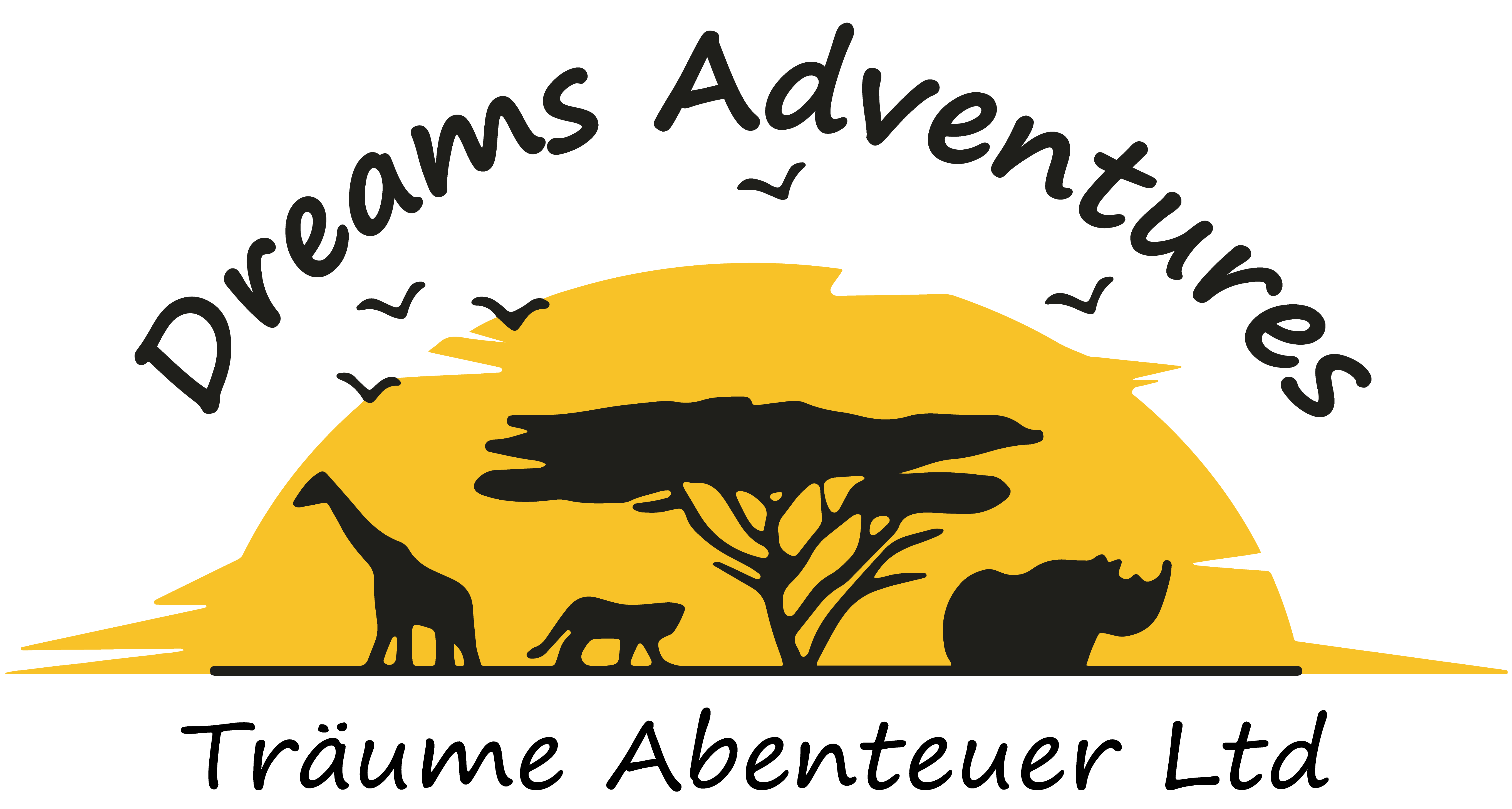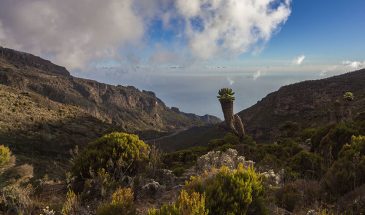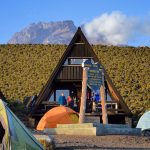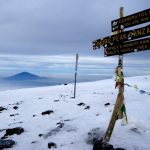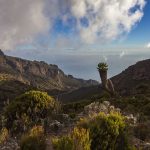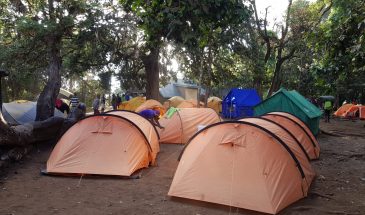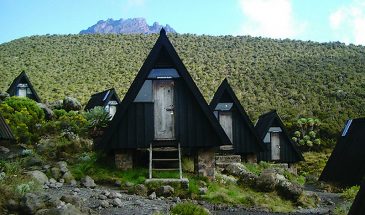- Overview
- Trip Outline
- Trip Includes
- Trip Excludes
- Gallery
- Booking
- FAQ
The Rongai route ascents Kilimanjaro from the north-eastern side of the mountain, along the border between Tanzania and Kenya. This route retains a sense of unspoiled wilderness and offers a different perspective on Kilimanjaro by approaching it from the north. The Rongai route’s premier advantage is that it is one of the quietest routes on the mountain. A disadvantage is the long travel time to the starting point of the route. The route also becomes busier when it connects with the Marangu route just before reaching Kibo hut. The Rongai route descends along the Marangu route as well, however you still sleep in tents, and do not use the A-frame huts of the Marangu route.
The Rongai route ascents Kilimanjaro from the north-eastern side of the mountain, along the border between Tanzania and Kenya. This route retains a sense of unspoiled wilderness and offers a different perspective on Kilimanjaro by approaching it from the north. The Rongai route’s premier advantage is that it is one of the quietest routes on the mountain. A disadvantage is the long travel time to the starting point of the route. The route also becomes busier when it connects with the Marangu route just before reaching Kibo hut. The Rongai route descends along the Marangu route as well, however you still sleep in tents, and do not use the A-frame huts of the Marangu route.
Itineraries
Day 1
Rongai Gate (1950m) – 1st Caves Camp (2600m)
After an early breakfast at your hotel, you will be picked up from Arusha (1400m) and driven to the Marangu Gate (1980m). At the gate, the porters will organize and pack the belongings for the hike while you and your guide register with the Tanzania National Park (TANAPA). You will then be transferred by vehicle to the Rongai trailhead, which is 2.5 hours away from the Managu Gate. The trail begins in the tall cornfields then leads into the pine forest. This trail has a gradual ascent and allows hikers to enjoy their surroundings. About halfway up the trail you will have a lunch break and you will reach the 1st Caves Camp (2600m) in the late afternoon or early evening. The porters and chef, who move very fast up the mountain, will reach camp before you and set up your tents, boil drinking water, and prepare snacks for your arrival. After washing up, a hot dinner will be served. For overnight, mountain temperatures may drop to freezing so be prepared!Distance: 8 km Hiking
Time: 5 hours
Habitat: Montane Forest
Meals: Breakfast, Lunch and Dinner Included.
Day 2
1st Caves Camp (2600m) – Kikelewa Cave (3600m)
Following a hot breakfast, hikers will continue their ascent to Kikelewa Cave (3600m). The trail passes Second Cave (3450m) and this is a good spot to take a lunch break. Similar to the first night, your tents will be set up prior to arriving at camp and the porters will prepare drinking and washing water for you. You will enjoy evening snacks then dinner prepared by our chef. Be prepared for a cold night as temperatures drop below freezing at this exposed camp.Time: 6-7 hours
Habitat: Moorland
Meals: Breakfast, Lunch and Dinner Included.
Day 3
Kikelewa Cave (3600) – Mawenzi Tarn Camp (4330m)
On this day, hikers will enjoy a short, yet steep trail to Mawenzi Tarn Camp (4330m). In the moorland, you will spot exotic plants, including giant lobelia and groundsel. At camp, hikers will enjoy spectacular views and allow their bodies to acclimate. Hot dinner and washing water will be prepared for hikers as they enjoy the magnificent sunset.Time: 3-4 hours
Habitat: Moorland
Meals: Breakfast, Lunch and Dinner Included.
Day 4
Mawenzi Tarn Camp (4330m) – Kibo Hut (4700m)
After breakfast, hikers will continue ascending east for a half-day hike to Kibo Hut. Kibo is located in the “Saddle,” which refers to the area located between the peaks of Mawenzi and Kibo in an alpine desert. There is no water at this camp, but hikers can buy mineral water and soft drinks at the camp office. An early dinner will be served so hikers can rest before attempting the summit the same night. Your guide will brief you in detail on how to prepare for summit night. Get to sleep by 19:00!Time: 4-5 hours
Habitat: Alpine desert
Meals: Breakfast, Lunch and Dinner Included.
Day 5
Summit Attempt
Your guide will wake you around 23:30 for tea and biscuits. You will then begin your summit attempt. The trail is rocky up to Hans Meyer Cave (5150m). You continue your ascent to Gillman’s point (5681m). Reaching this section is an impressive achievement as the trail is steep, rocky, and at high altitude. Gillman’s is located on the crater rim. From this point, you will usually experience a snow covered trail until you reach the summit, Uhuru Peak (5895m). Reaching the summit of Mt. Kilimanjaro is a lifetime accomplishment! You will be able to spend a short time on the summit taking photographs and drinking tea before the descent to Barafu begins. The hike down to Kibo Hut takes about 3 hours. At Kibo Hut, you will rest and enjoy a hot lunch in the sun. After eating, you will continue descending down to Horombo Hut (3720m). You will have a dinner, wash, and rest soundly at the hut after a strenuous day.Distance: Approximately 6 kilometers ascent and 21 kilometers descent
Time:8 hours to Uhuru and 6 hours to Horombo
Habitat: Stone scree / ice-cap summit
Overnight: Horombo Hut
Meals: Breakfast, Lunch and Dinner Included.
Day 6
Horombo Hut to Marangu Gate
Following a well-deserved breakfast, your staff will have a big celebration full of dancing and singing. It is here on the mountain that you will present your tips to the guide, assistant guides, chef(s), and porters. After celebrating, you will descend for 6 hours back to Marangu Gate (1980m). The National Park requires all hikers to sign their names to receive certificates of completion. Hikers who reached Gillman’s Point (5681m) receive green certificates and hikers who reached Uhuru Peak (5895m) receive gold certificates. After receiving certificates, you will drive back to Arusha for long overdue showers and more celebrations.Distance: 27 km Hiking
Time: 6 hours
Meals: Breakfast, Lunch Included.
- Two nights accommodation before and after the climb
- First night includes breakfast
- Last night includes dinner & breakfast
- Qualified guides with mountain crew
- National park fees
- Hut/camping fees and tents
- Tents foam sleeping pads, cooking equipment, and (Cutlery / Crockery) eating utensils.
- Rescue fees (required by the National Park)
- Pulse oximeters
- First aid kit
- Guides, porters, cook, waiter salaries
- Boiled water on the mountain
- Airport transfers (JRO – Kilimanjaro International Airports)
- All meals on the mountain (breakfast, lunch & dinner)
- Guides, porters, waiter, cook accommodation and entry fees on the mountain
- Guides, Porters, Cook & Waiters tips
- Meals and drinks not specified
- Mountain equipment (eg sleeping bags)
- Gear for your climb, Some equipment is available for rent!
- Car Supplement USD$145 per car for clients who go through Lemosho Routes
- Items of personal nature (expenses)
- Emergency Oxygen
- Additional nights beyond the two standard hotel nights included
- Extra activities (waterfall tour, cultural village visit).
- Visa fees & travel insurance.
- Flight tickets.
The best time to climb Kilimanjaro is during the dry season, i.e., from June to early November and from December to end of March. However with changing weather patterns, the chances of getting a clear sky during your climb in November and April is rare.
Yes we do have a kit list of all the items you will require for your climb. You can rent sleeping bags, parkas, gaiters, trekking poles, etc. Just e-mail us your list of needs, and we will reserve these items for provide you upon your arrival.
Anybody who are able to run for at least half an hour without feeling shortness of breath. You should also be able to walk for at least 2 hours in hilly terrains without feeling overly exhausted. No one with a sore throat, cold of breathing problems should go beyond 3000m. However, anybody with heart or lung problems should consult his/her physician before attempting to climb Mt Kilimanjaro.
No, you are not required to bring filtering systems or purification tablets, our climbing staff will provide you with plenty of purified drinking water during your trek.
The climb to Kilimanjaro is not a technical climb. No mountaineering equipment is require to summit Kilimanjaro. Anyone in good physical condition can reach the top of Mount Kilimanjaro.
Yes. The price also contains the salary of a porter, who is assigned to carry the oxygen tanks during your summit attempt.
Our mountain crews are in constant radio communication with us via ICOM radios so if anything goes wrong on your trekking we are informed. Also, the cell reception on the mountain has improved so we can effectively communicate with our teams using mobile phones.
The symptoms of altitude sickness can appear while climbing Mt. Kilimanjaro, in all climbers irrespective of their age and/or fitness level. Due to which, most climbers choose to use Diamox (Acetazolamide), a medication that diminishes headache, tiredness, nausea, dizziness, and shortness of breath which occur when climbing to high altitudes. Side effects include a tingling sensation in fingertips and on the face, and frequent urination.
